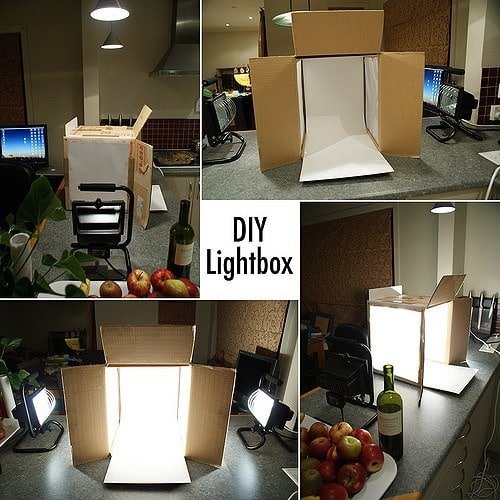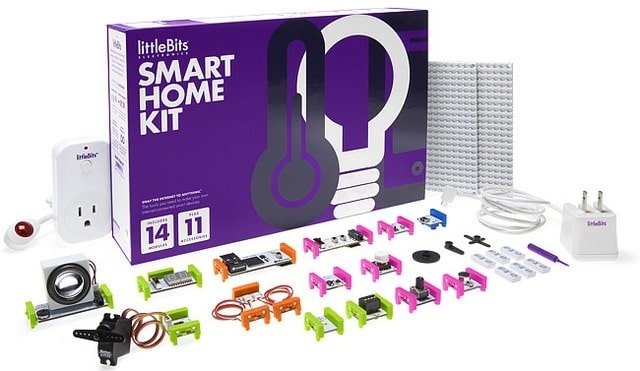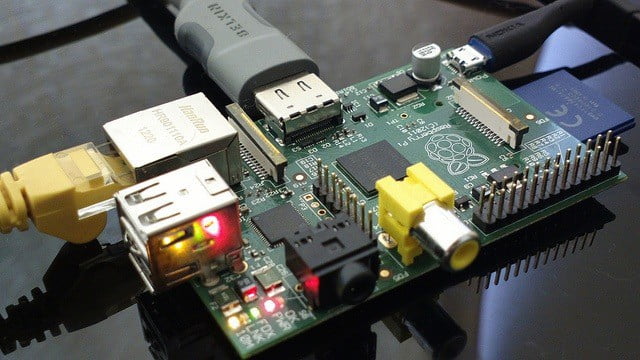Imagine being able to automate a home without having an inclination towards programming. Imagine possessing the ability to bring art projects to life or having the capacity to build one-of-a-kind toys without even owning a soldering kit or understanding how a printed circuit board works.
There was a time when these “imaginings” could never be, particularly where the layperson was concerned. But this limitation of yesteryear hasn’t stopped technology firms from turning this ideology on its ear; after all, making technology more accessible to everyone has become very big business indeed.
From after school programs that introduce students as young as seven to the world of coding, to commercially available 3D printers, more and more people are taking a hands-on approach to understanding and in many cases building their own versions of the technology that they use every single day.
Tapping Into the DIY Culture

The DIY movement has really taken off over the last ten years. Whether this shift in societal mentality is a direct result of the last economic downturn (where it became obvious that living beyond one’s means no longer made sense) is difficult to say. What is known however is that people are embracing their inner maker; and while it may have begun with solving at home storage issues and building furniture on a dime, it has evolved to include the realm once solely inhabited by electromechanical technicians and their ilk.
What is Cubit?
The innovators behind Cubit understand that everyone possesses creativity, that everyone can imagine ways to make things work better. They also understand that not everyone has had the opportunity to attend a postsecondary institution or enroll in an online technology course to learn the fundamental skills that would otherwise be necessary to bring their visions to fruition.
This is where Cubic comes in. This easy to understand platform offers a visual, drag and drop approach to programming (requiring absolutely no code) and ready to use, plug and play electronics. The Cubit’s hardware is comprised of a PIC32 microprocessor and six ports that can be connected to all manner of devices. Bluetooth enabled, the potential applications for the DIYer are almost without limit.
In addition to helping make technology much less intimidating, innovations like Cubit and the Raspberry Pi are helping to bring excitement to an industry that many believe is already struggling to find enough skilled human capital to meet demand. By breaking down technology to its smallest denominators, devices like the Cubic can make use of the impetuousness and curiosity of youth to embed a passion to finding solutions to societal problems using technology.
As neat and unique as Cubic may be, it’s far from the only endeavour to bring inventiveness back to the masses.
Other DIY Available to Experiment With
To be fair, mastering any of the kits below won’t immediately qualify a person to become a robotics technician, but that is beside the point; the goal of each of these devices is to inspire those interested to learn more, or simply to have fun with technology.
LittleBits

Color-coded and connected by magnets, the components that make up a LittleBits kit allow the user to create inventions both big and small. The nice thing about this kit is that the company has made numerous projects available on their website including those that have been designed in collaboration with NASA.
GoPiGo
For those enamoured with all things robotic, the GoPiGo is a comprehensive robotic transformation kit designed for use with the Raspberry Pi. Correction: it actually transforms a Raspberry Pi board into a lunar lander-esque driver, complete with acrylic body, wheels, motors, and power supply. The interesting thing about the GoPiGo isn’t necessarily in what it offers, but rather what it doesn’t. While it does transform the Raspberry Pi into a capable mobile robot, it’s up to the user to unlock the true potential of the Raspberry Pi to give it a functional purpose.
Undeniably, the world of consumer electronics is becoming more immersive everyday. Perhaps one day, every home in the world will contain some kind of homebrewed device that was designed, built, and implemented by the user. The truly exciting thing however, is how many of today’s youth it will inspire to pursue a career developing electronics – electronics that will continue to shape and redefine the world.

